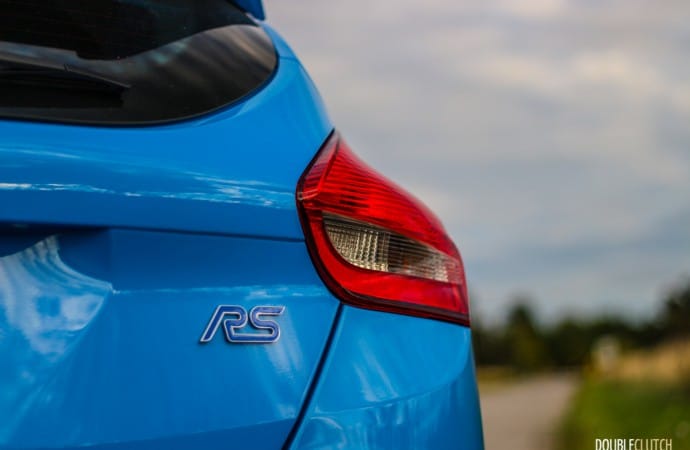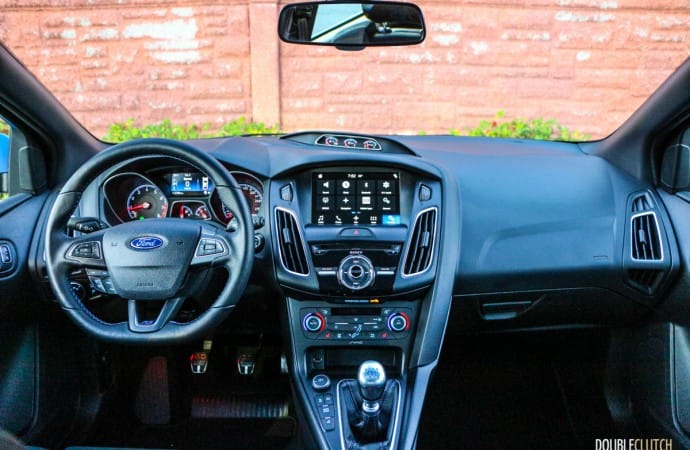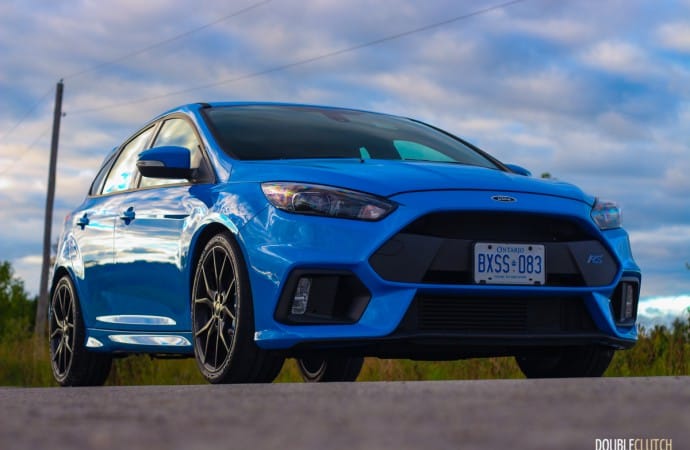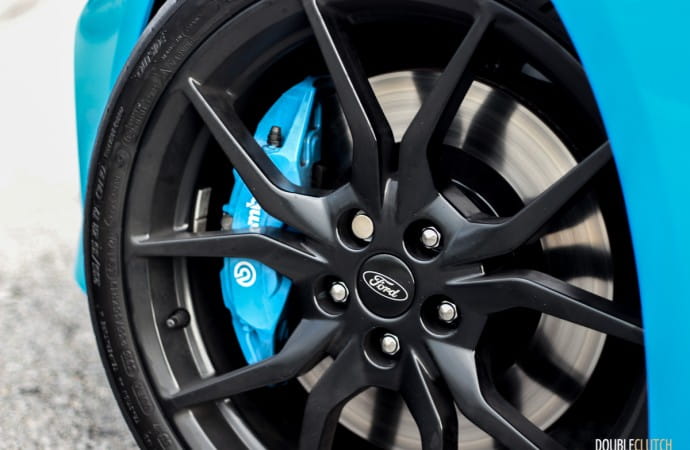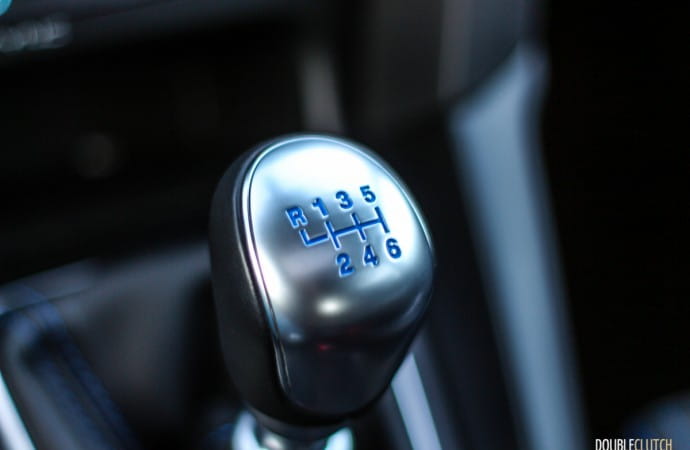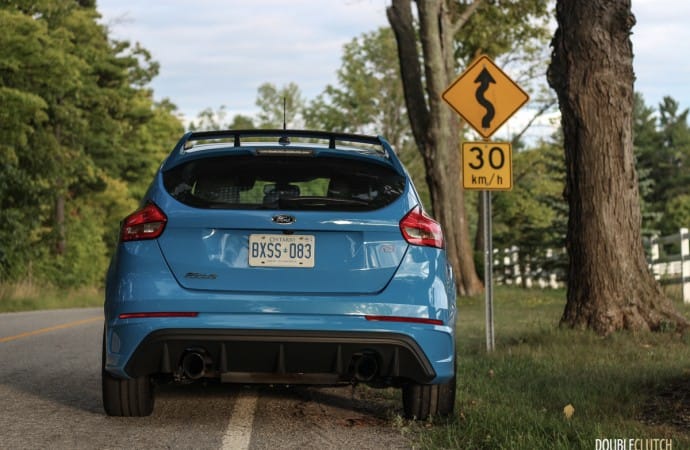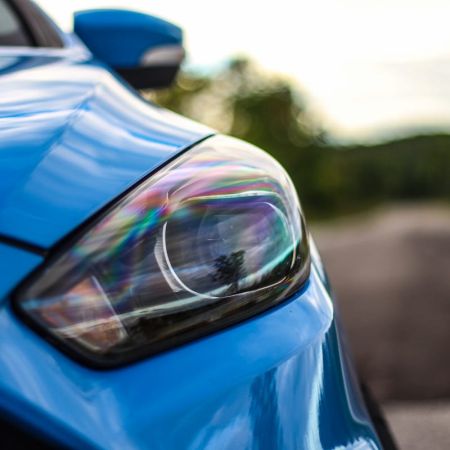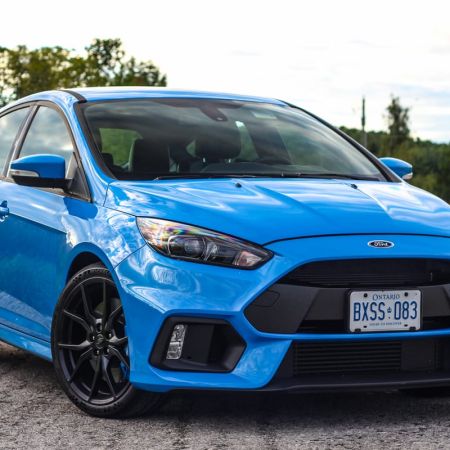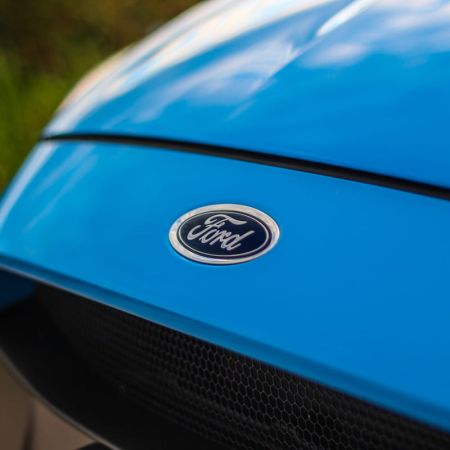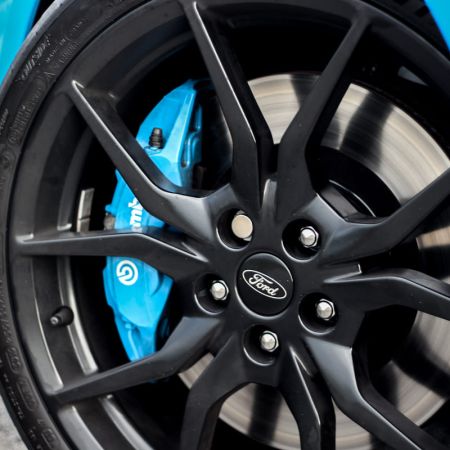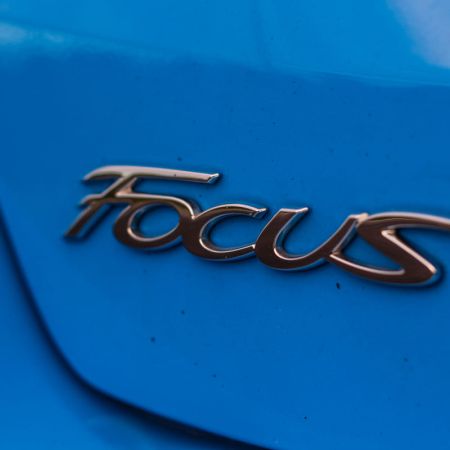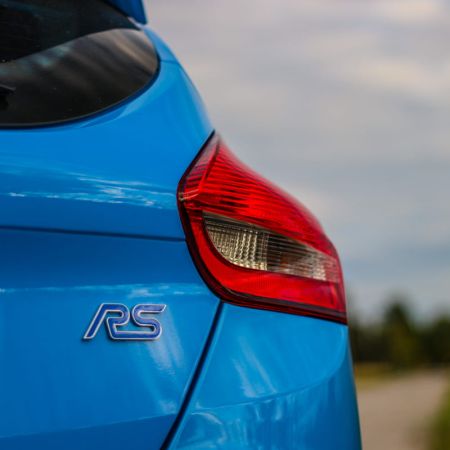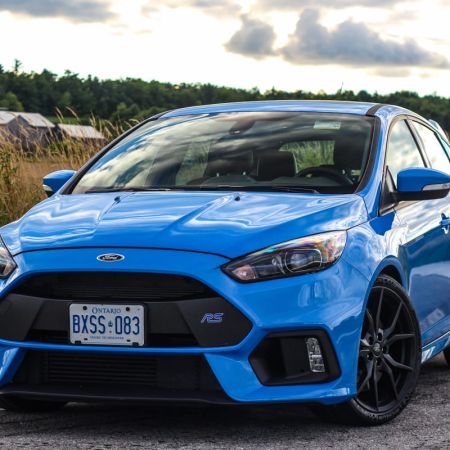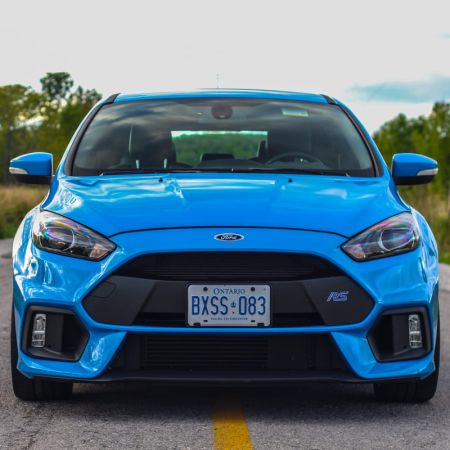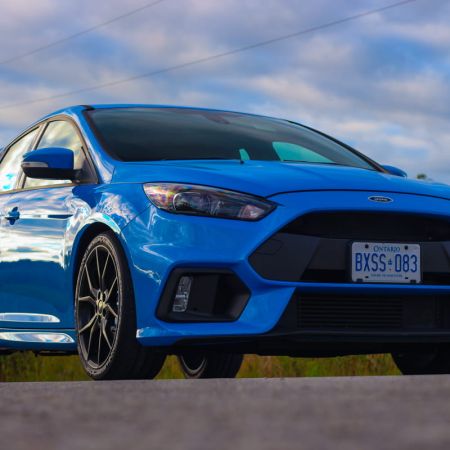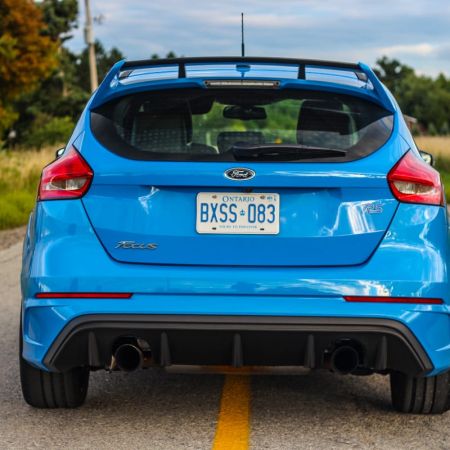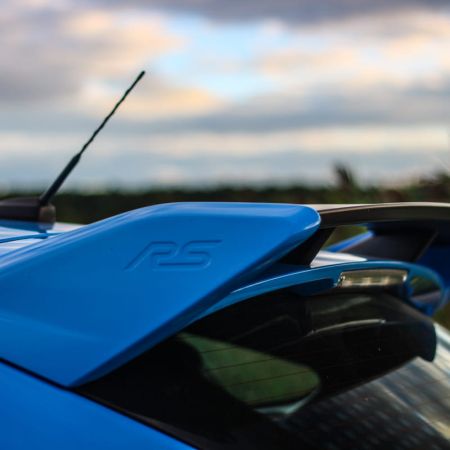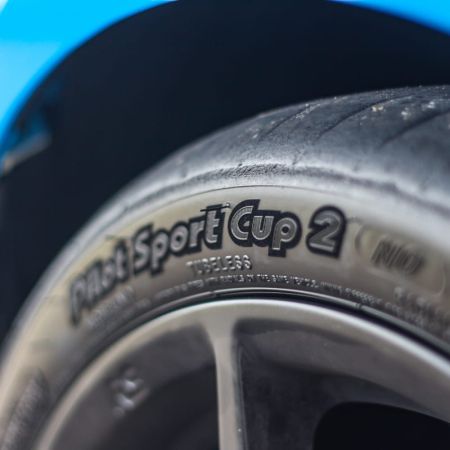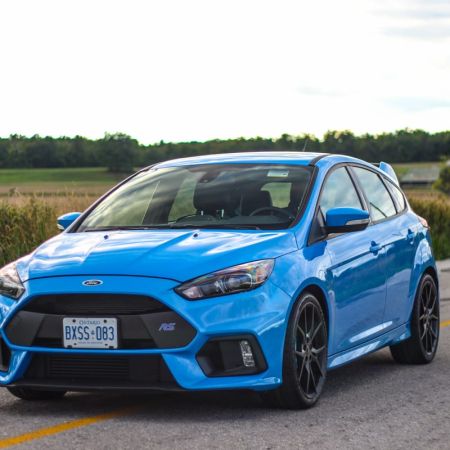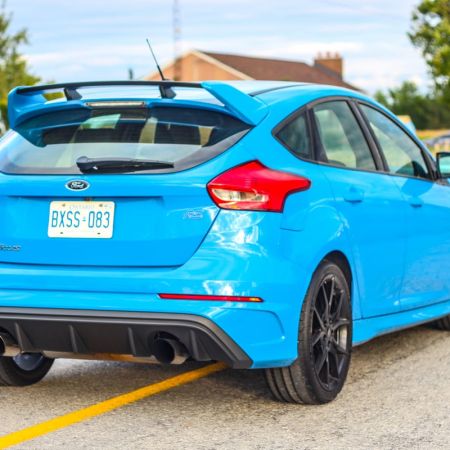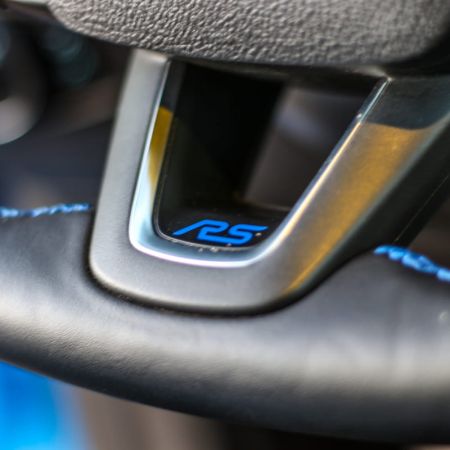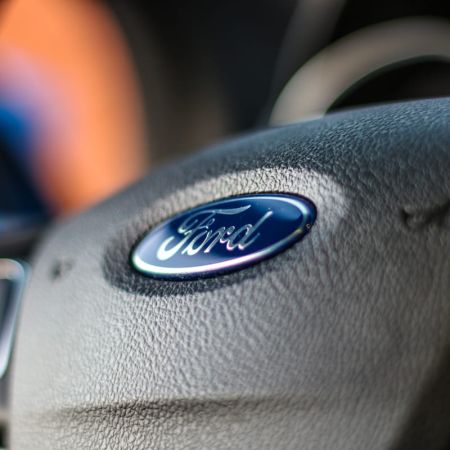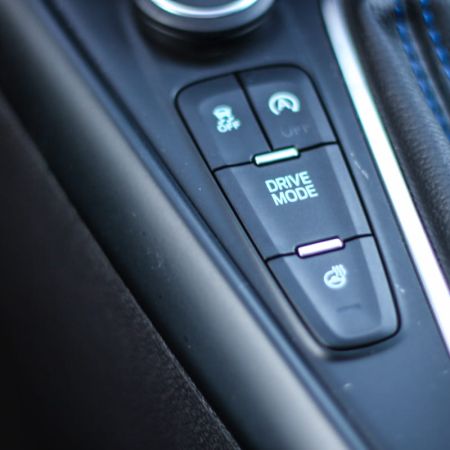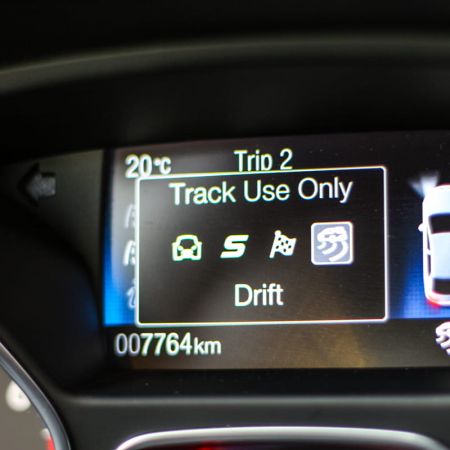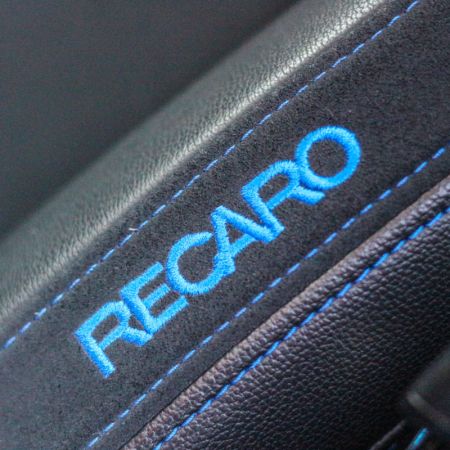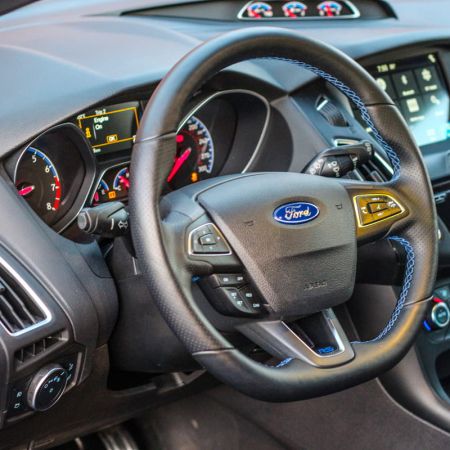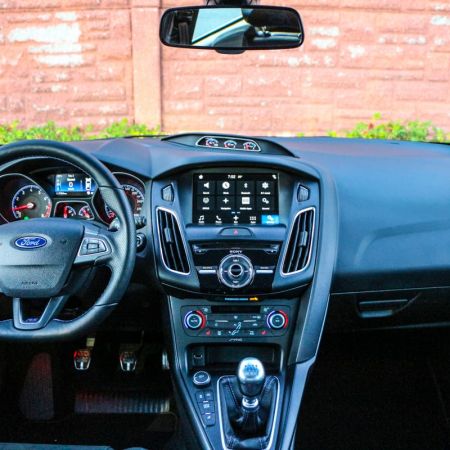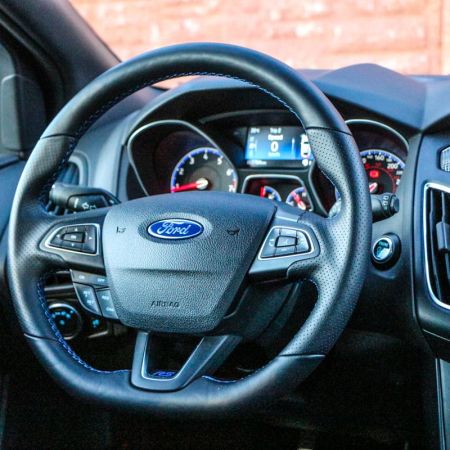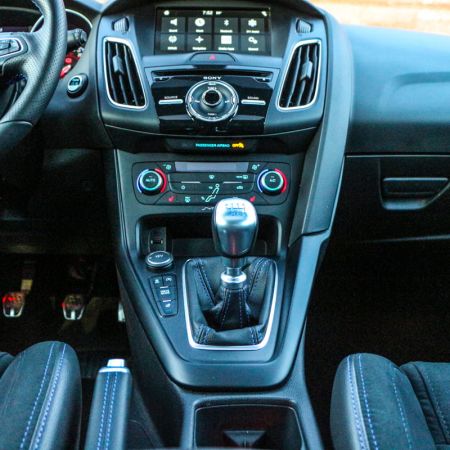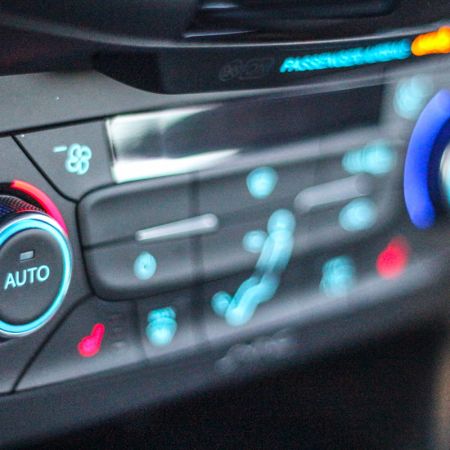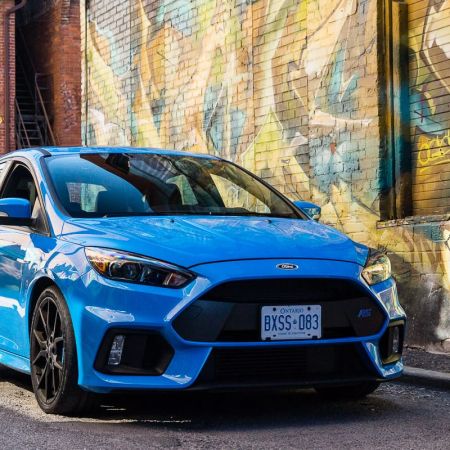It has been a great summer in the DoubleClutch.ca garage. We’ve tested a whole manner of cars, whether it’s sub-$10,000 hatchbacks without air conditioning (like the Chevy Spark LS), to bespoke luxury coupes stickering at well over $450,000 (like the Rolls Royce Wraith). As much as the Wraith inspires the mind, I personally enjoy driving from a motorsports perspective – a 2500kg barge isn’t really going to tick all my boxes. Dedicated sports cars are more up my alley, but they come with their own tradeoffs: reduced passenger and cargo capacity, reduced overall comfort, and sometimes, an inability to use and enjoy all year.
Hot hatchbacks are not a new idea, but this year in particular has been amazing. Two heavyweights became available for enthusiasts to argue at length about: the Volkswagen Golf R and the Ford Focus RS. Both have been through the wringer that is the internet hype machine, and for good reason. I had the opportunity to test both variants of the Volkswagen Golf R (reviewed here), with both manual and automatic transmissions. The manual-transmission Golf R would be very welcome on my own driveway, thanks to its packaging of overall goodness. However, the new 2017 Ford Focus RS loomed on the horizon, and I had to give it a shake down. Eagerly, I picked up the key to a Nitrous Blue Focus RS for a week-long evaluation.
In an effort to keep the Focus nameplate up to date and relevant, Ford sought to add new models at both ends of the performance spectrum. At one end is the Focus EcoBoost (reviewed here), an efficiency-focused entry-level car. The Focus RS itself isn’t an entirely new model – dating back to 2007, it was forbidden fruit of the worst kind (read: it was available only in Europe). Ford has done a good job unifying their global product lineup, and our prayers were answered when it was confirmed that a new Focus RS would be coming to North America.
Building on the attributes of the previous-generation Focus RS, Ford sought to push the envelope even further with the newest hatchback. A big wing, and serious body upgrades all around suggest that this is no ordinary Focus. Even the Focus ST doesn’t look anywhere as aggressive as the RS does. The big front air intakes direct air to the various cooling radiators, and the wheels show off the big Brembo brakes within. My particular test car was equipped with forged 19″ wheels, with Michelin Pilot Sport Cup 2 tires. The Focus RS was a car that garnered smiles, and was the subject of many mobile phone photos. It’s a lot showier than the Golf R, and arguably more aggressive than the Subaru WRX STi.
Inside, the German-made Focus RS is a little more conventional, with many aspects remaining more-or-less the same as the standard Focus. The set of analog gauges that provide real-time info about turbo boost pressure, oil temperature, and oil pressure all remain, as does the excellent Ford SYNC3 navigation and infotainment interface. The bigger changes are in the in the aggressive Recaro seats. The bolstering is especially aggressive and do a great job of holding you in place. Taller and/or wider drivers may find themselves sitting on the bolsters, rather than within them. The large centre console also remains, which cuts into precious knee room. Rear seat room also isn’t great, but is passable. The age of the current Focus platform becomes apparent – newer cars in the same class are better packaged. However, the hot-hatch utility of the Focus RS never goes away.
As we already know, the big news behind the Focus RS is the powertrain. More displacement, more turbo boost, and more traction is the name of the game here. The gasoline four-cylinder engine displaces 2.3L, produces a round 350hp at 6000RPM and an equally generous 350 lb-ft at 3200RPM. It benefits from direct injection and a twin-scroll turbo, because it is directly related to the EcoBoost four-cylinder engine seen in some versions of the Mustang. In the Focus RS, it’s mounted transversely and gets an even more aggressive tune to hit that high water mark.
All that horsepower and torque is routed to all four wheels through a six-speed manual transmission; an automatic is not offered. The rear differential (or drive unit as Ford calls it), in particular, is a unique unit sourced from British specialist GKN Driveline. The headline feature of the “Twinster” plastered all over the internet is the famed “Drift Mode”, accessible by toggling through the Drive Mode select switch on the centre console. This attention-getting feature tells the torque-vectoring rear drive unit to send a high amount of torque to the outside rear wheel, which allows you to “achieve controlled oversteer drifts under track conditions”. It’s a “proper” torque-vectoring rear drive unit with clutch packs that manage power delivery – not one that uses the braking system to move power around.
The transformation that the Focus has undergone to change it from an economical hatchback to a weapon on the track sees pretty much everything upgraded. Spring rates are significantly stiffer, and the two-mode adjustable dampers deliver stiff body control even in the default Normal mode. Compared to other hot hatchbacks and other competitors in this class, the Focus RS rides quite a bit stiffer than the VW Golf R, and is a little stiffer than the WRX STi. Curiously, the button to change the damper setting is located at the end of the turn signal stalk. Once you activate the “Sport” damper mode, the ride becomes unnecessarily harsh – you’ll find yourself bouncing up and down in the seat even on the smoothest of roads. Unless you’re driving on a glass-smooth surface, it’s best to leave the dampers in Normal mode.
As much as the Focus RS has the credentials to be a serious track-day machine, the majority of them will live happily on the street. If daily-driving the Focus RS is the goal, it’ll happily do so, but it’s just not quite as comfortable as some others in the segment. The VW Golf R does a better job shifting that overall balance toward everyday driveability, and its optional DSG transmission opens it up to a wider general audience. The engine in the Focus allows for reasonable efficiency if you don’t drive it like a hooligan. It also benefits from an idle start-stop system – a rarity in this class. Ford Canada rates it at 12.1L/100km in the city, 9.3L/100km on the highway, and 10.8L/100km in a combined cycle. During my week of mixed driving, I managed to squeeze out an indicated average of 10.5L/100km – impressive for a 350hp all-wheel drive hatchback. The tank will hold about 52L of (required) premium fuel.
I’m of the opinion that the Focus RS is a little much (read: overkill) on the street, and that it would be much happier on the race track. Thankfully, I got to spend some valuable track time with one at an American media event. To put it simply: the Ford Focus RS really wakes up when you allow it to stretch its legs on the track. I selected the “Track” Drive Mode, which firms up the dampers, steering, throttle sensitivity, and opens the valve in the exhaust for more noise (and pumps up the synthetic engine sounds). The stability control system remains on, but reduces its intervention thresholds, to allow for a good amount of sideways fun, within reason. The all-wheel drive system also becomes much more eager to send power to the rear axle, too. The electric power steering is perfectly weighted and delivers a decent amount of feedback, and the pedals allow for easy heel-toe downshifts. At speed, the gear shifter is accurate and positive.
The big 350hp and 350 lb-ft of torque figures become evident on the open track, and traction is assured by the trick all-wheel drive system and those super-sticky tires. The tires that were previously overly firm and loud are now perfect for pushing over 1g in lateral grip. The big Brembo brakes haul the almost 1600kg curb weight down from speed with minimal fade (but lots of brake dust!). Hard corner exits are probably what I liked the most about the Focus RS. The key is to nail the corner apex perfectly, line up for the corner exit, and apply throttle as you track out towards the outside of the corner. The way torque is transferred firstly to the rear axle, and then to the outer rear wheel is really something amazing, and rocketing out of a corner like this is something people will never be able to feel in a street setting.
Other cars competing in the same class boast some torque vectoring abilities, but the Focus RS sits at the top in terms of what it can do. The VW Golf R features Haldex’s latest all-wheel drive system, but uses the brakes to help redirect that power from wheel to wheel. In a general sense, using the brakes is not really what you want to be doing, when all you want to is to go faster. The Subaru WRX STi gets a technical advantage because it isn’t a front-biased all-wheel drive system like the Focus RS or Golf R, but it isn’t quite as flexible in how much power it can move around (said to be between a 50/50 to a 65/35 split).
When it comes to pricing, the Focus RS is the subject of a lot of discussion. Up here in Canada, the only way you can bring one home is to get it fully-loaded, with no additional options available, other than the $995 premium for Nitrous Blue. That means the 19-inch forged aluminum wheels and Cup 2 tires are standard. Satellite navigation is included, as are those excellent heated Recaros. Even if you wanted to back off on the optional equipment – you can’t. As a result, Ford Canada’s suggested retail price for this particular Focus RS is $48,964.
The 2017 Ford Focus RS checks a lot of boxes today’s enthusiasts are looking for. It depends on the kind of balance you’re looking for in your hot hatchback. If you’re willing to trade some refinement and comfort for the ultimate in track performance, the Focus does an amazing job. The built-in Drift Mode is fun if you’ve got the means to exploit it, but what it really means is the Focus RS features the most advanced all-wheel drive system in its class. The focus (no pun intended) on outright speed, traction, and smiles per dollar, makes the RS one of the best choices at any price. When you do look at price, however, it’s a lot of money over some of its competitors. It’s a good time to be looking for a do-it-all device with few compromises.


